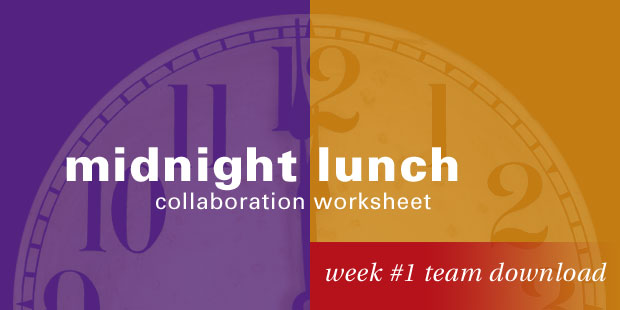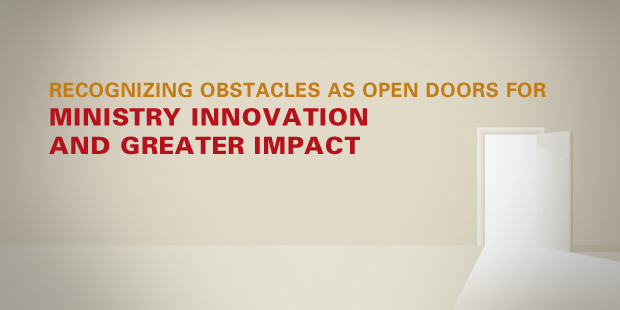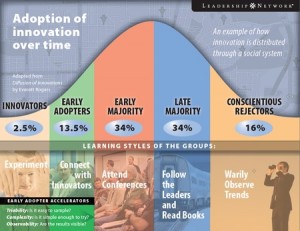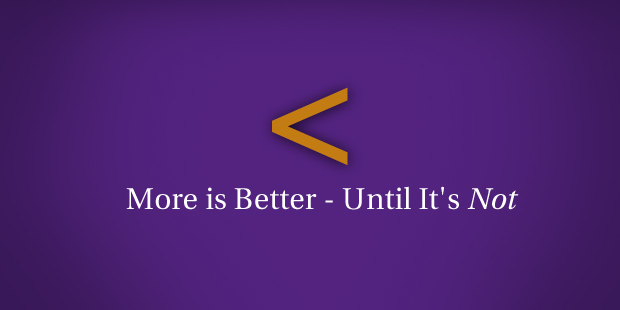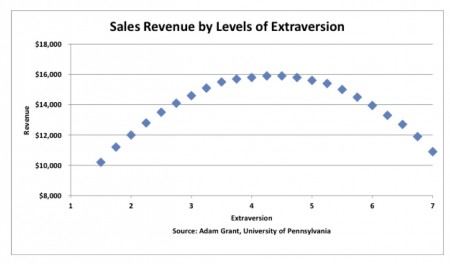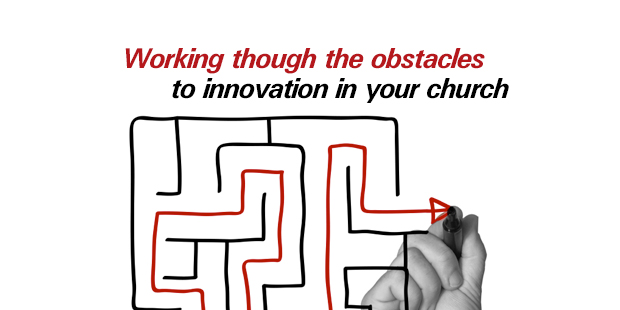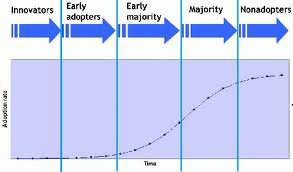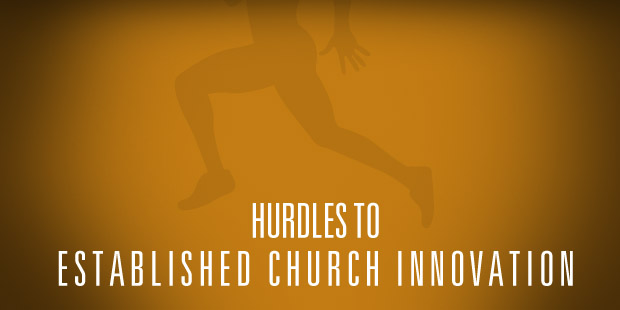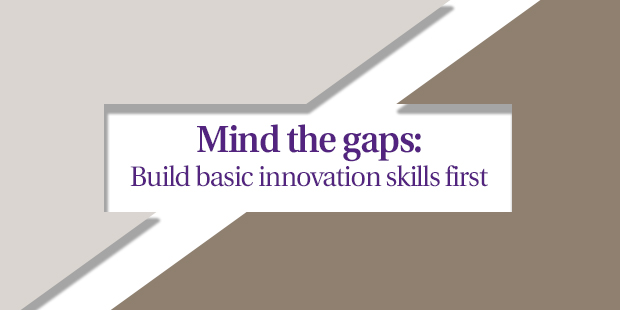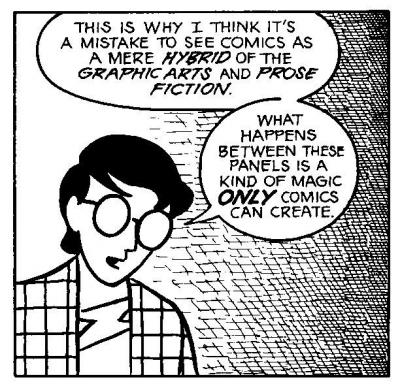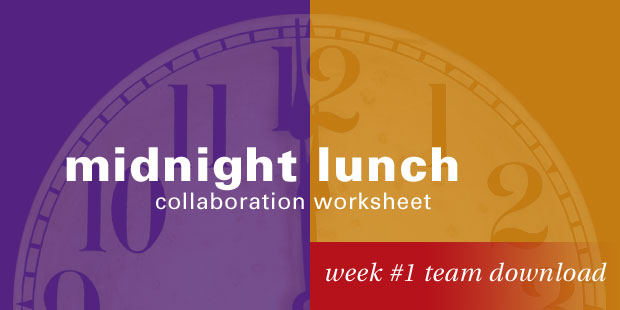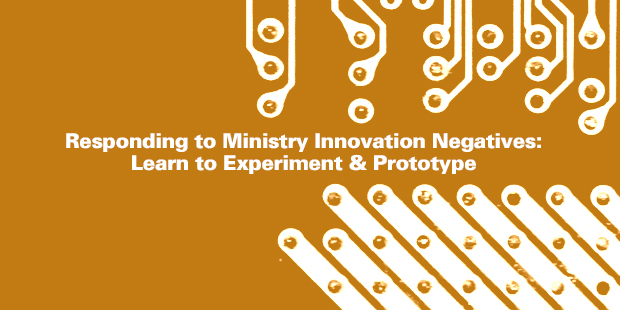
Responding to Ministry Innovation Negatives: Learn to Experiment and Prototype
Encountering an Air Sandwich
I was teaching an executive education class recently when I saw a textbook example of an “air sandwich.”
If you’re not familiar with the term, here’s how Nilofer Merchant describes it:
An Air Sandwich is a strategy that has clear vision and future direction on the top layer, day-to-day action on the bottom, and virtually nothing in the middle—no meaty key decisions that connect the two layers, no rich chewy filling to align the new direction with new actions within the company.
I was working with a group of future leaders that had been identified by the management of their company. The firm is in a pretty conservative industry, but they are starting to try to differentiate themselves through innovation. This vision has been articulated from the top. And the young managers in the class had been asked to think about how to embed innovation within the organisation.
They came back with a series of pretty interesting ideas, and they presented them in our workshop, with a number of senior leaders from the firm present. And every new idea that the young guys put forward got shredded by the senior leaders.
Air Sandwich.
How Should You Respond to New Ideas?
There are two ways in which you can respond to new ideas. Your first response can be “no, that won’t work, here are the problems.” Or, you can say “that’s interesting.” And with the second one, you can find ways to build on the idea, or connect it to other ideas to create an even better idea, or at least figure out some way to support the idea.
The firm I’m working with is in a pretty tough industry, and I suspect that the guys giving the rough feedback would say that’s important for the younger managers to harden up – that if they want to make it in this industry they’ll need to be tough. And that may well be true.
But still, if you are trying to build your innovation capability, you can’t take ten of your bright young managers, ask them to come up with creative ideas to help build that capability, and then just absolutely tear those ideas to shreds when they show them to you. This is particularly important for this firm – because they have set themselves a tough challenge. But their overall objectives are admirable, and it’s important that they succeed.
How Should You Respond When Your New Ideas Get Shredded?
So what can you do if you’re the bottom layer of bread in an air sandwich? You can’t control how others respond to your ideas, but you can exert some control over your own actions. Here are some ideas:
- Learn from it. Getting our great ideas to spread is an important part of the innovation process. Overcoming resistance is a big part of that. Every criticism of your ideas contains some element of truth – even if it’s based on a misunderstanding, that shows that you need to get your point across more clearly. We have to learn from this, and improve the deliver of our new ideas.
- Don’t take it out on others. One big danger in a situation like this is that the young managers will learn that this how to respond to ideas in their firm, and react the same way when the people working for them come up with new ideas. This will completely kill off innovation. Instead, we have to use these experiences to build our empathy. This way, when others put new ideas in front of us, it might help us respond by supporting the idea, building on it, and connecting it to other good ideas.
- Change your culture. The culture of a firm is not an unchanging fact of life that simply acts upon us. We re-create it every single day through our interactions. Just because our managers act in a particular way doesn’t mean that we have to. We have the opportunity to start re-shaping a culture by changing the way we respond to things. If we accept new ideas and build on them, others will start to do so as well.
- Band together. It’s hard to change a firm’s culture on your own. So another good idea is to find others that are also committed to driving change, and band together. Cultures rarely change through edicts – it is one thing that is especially open to bottom-up change.
This is Why Innovation is a Challenge
Innovation is hard – if it weren’t, everyone would be doing it. The environment that we create for new ideas is an important part of building an innovation culture. One of the big problems with shooting down ideas immediately is that doing so assumes that we can know in advance which ideas will work and which won’t. But we can’t. This is why experimenting and prototyping are such critical innovation skills.
The best way to figure out which ideas are good is to try them out. If they work, scale them up. Here’s how Saul Kaplan puts it:
Learn by doing. Constantly test new ideas. Learn, share and repeat. The world is ever changing — stay ahead of the curve. Embrace the art of discovery.
We need to try more stuff. Innovation is never about silver bullets. It’s about experimentation and doing whatever it takes, even if it means trying 1,000 things, to deliver value.
My main piece of feedback to the teams was: “how could we prototype your ideas?” If we test an idea, gather data from the test, and learn, that is the best way to combat a culture that shoots new ideas down on sight. It’s a lot harder to argue with data.
Testing your ideas, and making evidence-based decisions are two more ways to change your culture. That’s my new idea for the day.
How will you respond – will you tell me why it won’t work, or will you build on it to make it better?
Read more from Tim here.

Tags: Innovation, Leadership Engine, Tim Kastelle













